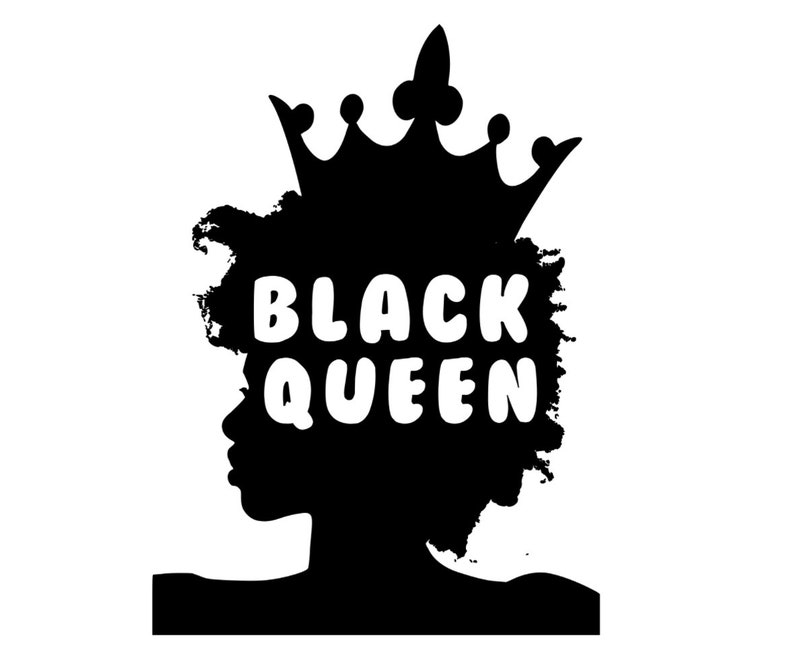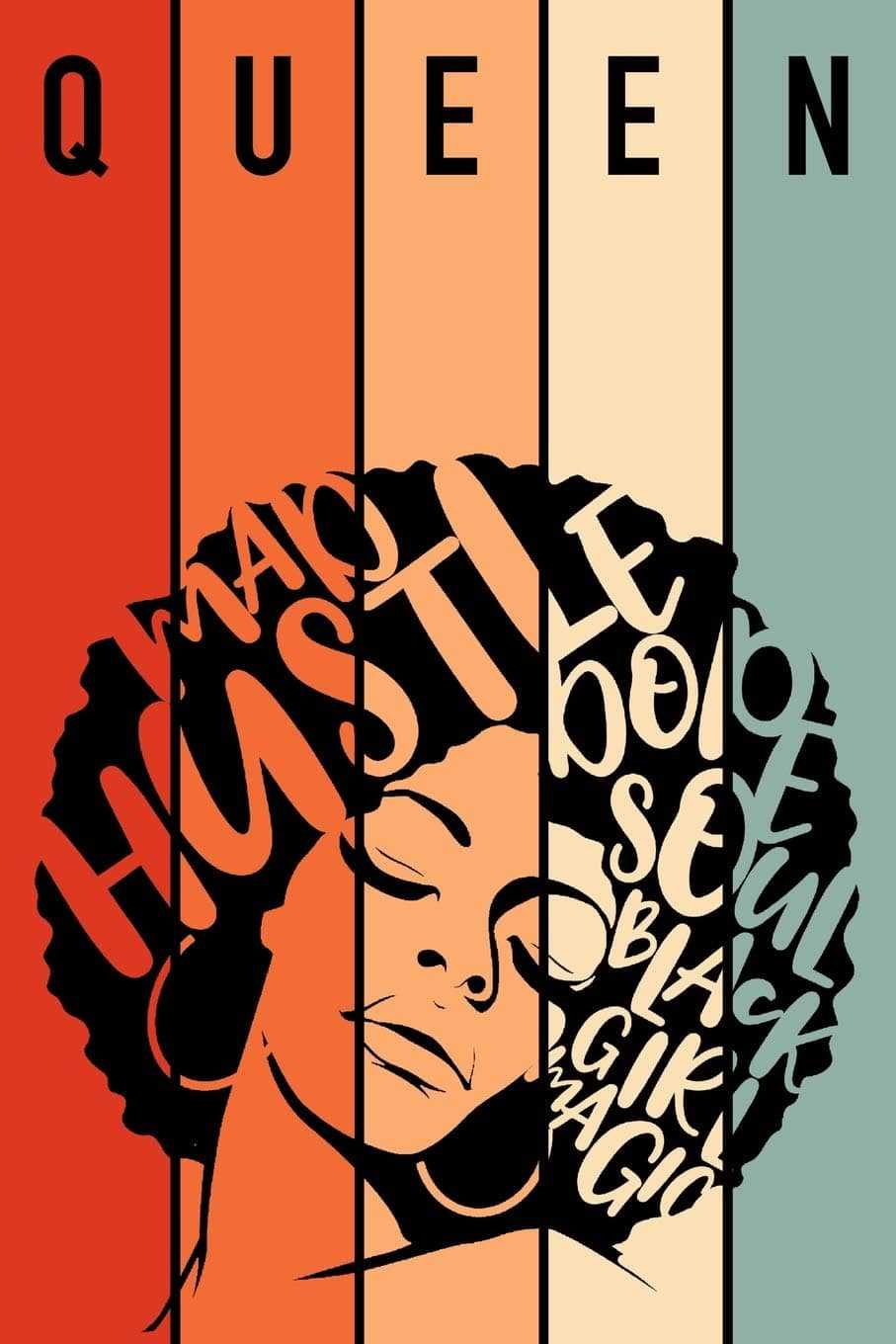
Morton said many of the women felt their career goals were challenged outside of the classroom as well, often by members of their immediate community. However, the women also saw themselves as successful and resilient because they are thriving in a field that society tells them they shouldn’t be in.” “This means that they recognize that society feels a certain way about black women and pictures them in certain roles. “The women understand their identity to be both socially regulated and self-determined,” Morton said. Morton found that despite many alienating and isolating classroom experiences in pursuit of their degrees, all of the black women in the study firmly wanted to continue in the field. Morton interviewed 10 black women in STEM programs at two southeastern universities to hear their experiences of pursuing a degree in a field that is overwhelmingly white and male. Provide diverse historical and contemporary role models (their background and their work) in STEM classes through case studies, stories, films, guest speakers and class instruction.This encourages community support and helps all students succeed. Asking students to share their stories, backgrounds and goals with the class.Being mindful of the readings used, problems investigated, solutions generated in courses and whose voice(s) and communities are and are not represented.Being mindful of the images on the walls of classrooms and labs and the identities they represent.

Morton believes that educators can help support women of color pursuing STEM degrees by creating inclusive classroom environments and prioritizing activities that intentionally and meaningfully incorporate students’ personal identities and experiences. When a young woman of color sees those images in a learning environment, it can make her feel unwelcome because there is nothing in that image that represents her.” “People have a very narrow view of what science looks like, and right now, its older white men wearing goggles and holding beakers.

“Imagine walking into a lab or a classroom and seeing pictures of people on the walls that are nothing like you,” said Terrell Morton, the Preparing Future Faculty postdoctoral fellow at the University of Missouri. And the women of color who are in STEM aren’t necessarily seeing their identities reflected and incorporated in STEM fields. The National Science Foundation reports that women of color constitute fewer than 1 in 10 employed scientists and engineers. However, these efforts might be falling short when it comes to representation of people of color, according to a University of Missouri researcher.

Several initiatives created to prioritize science, technology, engineering and mathematics in schools are helping educators prepare more diverse students and workers for STEM fields. – The need for more scientists and engineers is a persistent issue plaguing industries throughout the United States.


 0 kommentar(er)
0 kommentar(er)
